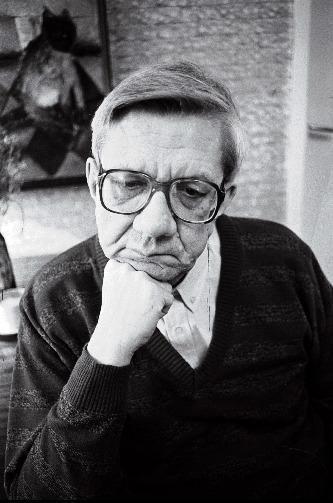 Eno Raud (1928–1996), one of the best-known and most beloved children’s writers in Estonia, was born in Tartu to the family of writer Mart Raud and teacher Lea Nurkse. He studied Estonian language and literature at the University of Tartu and worked as an editor at the Estonian State Publishing House until becoming a full-time writer. He was married to Aino Pervik, another children's writer: they had three children, all of whom are also writers.
Eno Raud (1928–1996), one of the best-known and most beloved children’s writers in Estonia, was born in Tartu to the family of writer Mart Raud and teacher Lea Nurkse. He studied Estonian language and literature at the University of Tartu and worked as an editor at the Estonian State Publishing House until becoming a full-time writer. He was married to Aino Pervik, another children's writer: they had three children, all of whom are also writers.Bibliography
Translations

Anu ja Sipsik
1979

Kalevipoeg
1981

Калевипоэг
1978

Калевiпоег
1975

Kalevipoegs
1964
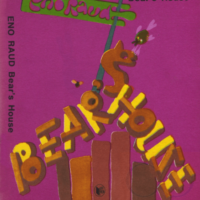
Bear’s House
1984
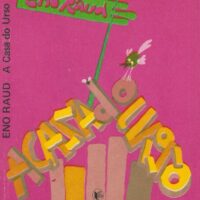
A casa do urso
1984

Lāča māja
1982

Արջի տունը
1981

Айынын ейи
1978
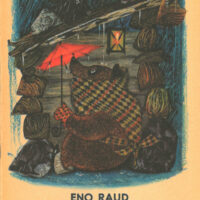
Karhun talo
1975

Lokio trobelė
1974
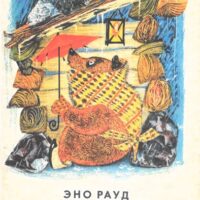
Медвежий дом
1974

Kissat ja hiiret
1991

Котките и мишките
1990

Cats and Mice
1990
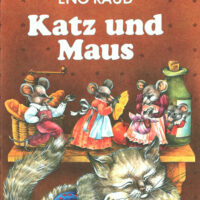
Katz und Maus
1990

Koty i myszy
1989
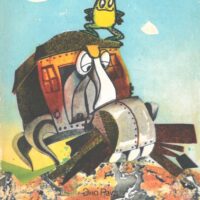
Лягушка и экскаватор
1977
Сказки одного лета
1978

A Summer’s Tales
1981

Lidojošie šķīvji
1977

Pabaldukai
1998

Naksitralliši
1990

Tre muntre karer
1980

Näpsäkäävät
1986

Так или так
1963
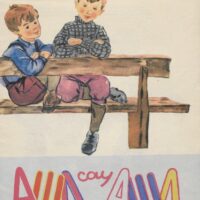
Аша сау аша
1962

Niin vai näin
1961

Шейлеми я бейле
1961

Так цi так
1960
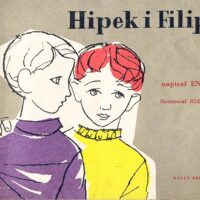
Hipek i Flipek
1956

Так чи так
1956

Так или так?
1954

The Haughty Egg
1982
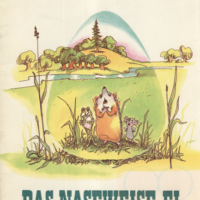
Das naseweise Ei
1982
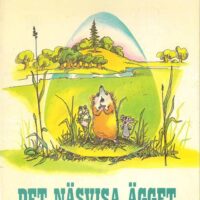
Det näsvisa ägget
1986

Kabouter happie
1988

The Christmas Dwarf
1987
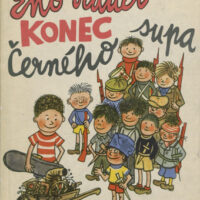
Konec černého supa
1962

Нержавеющая сабля
1976

Сипсик – ловъя акань
2006

Сипсик
1982

Fikmik
1976
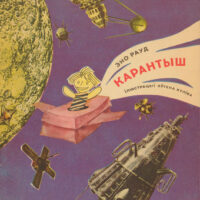
Карантыш
1974

Kriksītis
1971

Raggie
1969

Sipsik
1969

Сiпсик
1969

Коротыш
1969
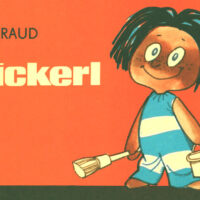
Flickerl
1968

Cypliukas
1965

The Watchful Stork
1983

Ostražitý čáp
1980

Bocian a žaba
1979

Сипсик
2013

Сипсик
2010
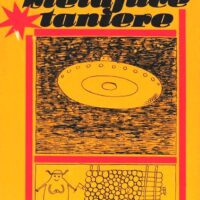
Lietajúce taniere
1981

The Gothamites
2019

Лесные соседи
1982

Raggie
1992

Сипсик
1972

Anu und Flickerl
1978
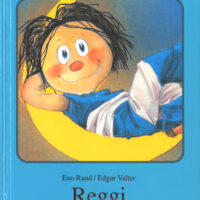
Reggi
1994
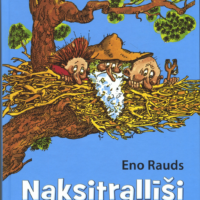
Naksitralliši
2010
Awards
1996About the author
2019Essay
The works of Estonia’s most famed and translated children’s author, Eno Raud (1928–1996), are exceptionally rich and diverse. He has written poetry and prose for children of very different ages, has used different genres – from folk-humor prose through novels, and additionally has made popular folklore adaptations for children – thus familiarizing young readers with the hero of Estonia’s national epic Kalevipoeg (1961), Saaremaa’s Suur Tõll (1959), as well as Kaval-Ants ja Vanapagan (1959).